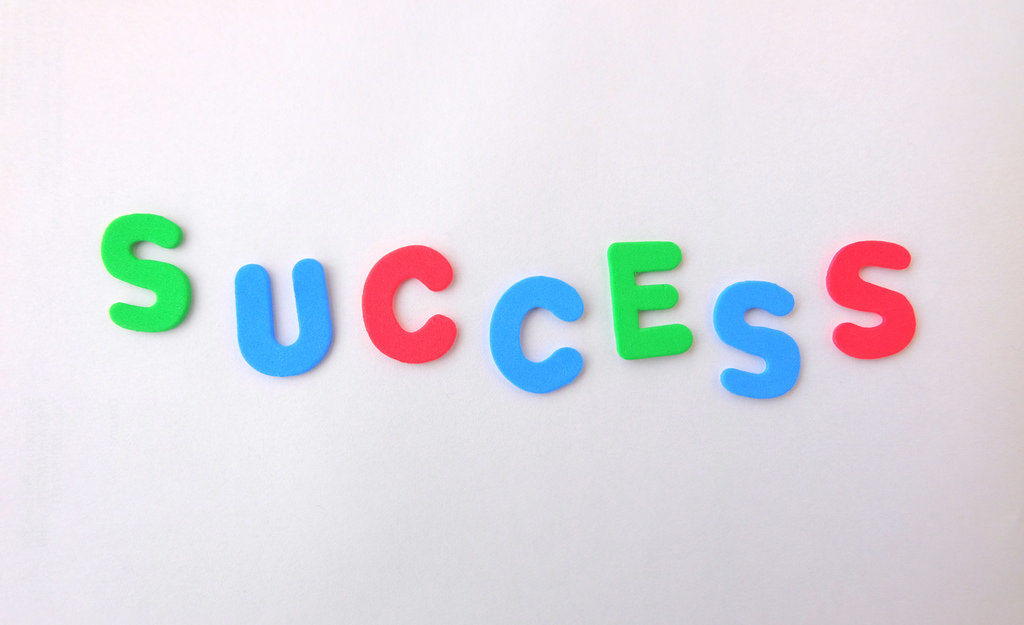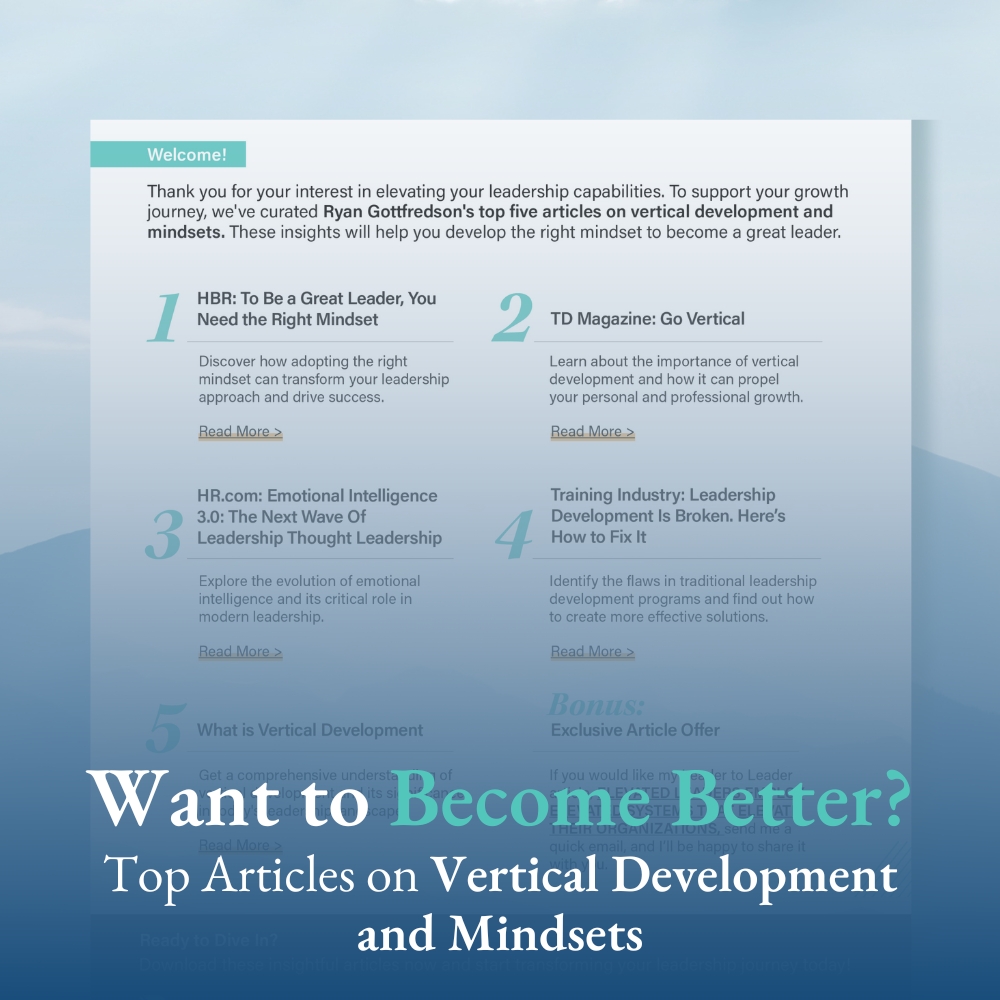In the last blog post, I explained how I have come to identify four mindsets that have repeatedly been found to drive success in life, work, and leadership. Just being able to clearly identify specific mindsets is powerful because it gives us specific targets that we can confidently focus in on. Without such identification and clear labels, we end up shooting a little haphazardly.
After extensively reviewing the academic mindset literature, I found something unique about the four mindsets most heavily studied: They all come in pairs representing a continuum ranging from negative to positive. I want to introduce you to these four pairs, or sets, of mindsets.
4 Sets of Mindsets
Each set of mindsets includes two polar opposite mindsets that span across a continuum from negative to positive. The four Success Mindsets are the mindsets that are on the positive side of the continuum.

Understanding that these mindset sets rest on a continuum from negative to positive, suggests two key ideas:
1. You fall somewhere along this continuum between negative and positive for each set of mindsets
2. Any movement you can make toward the positive side of the continuum will result in greater success in life, work, and leadership
Descriptions of Each Set of Mindsets
In the coming blog posts, I will be writing more in-depth posts on each set of mindsets. But for now, let me briefly describe them for you.
Fixed/Growth
When we have a fixed mindset, we do not believe that we or others can change or develop our/their abilities, talents, and intelligence.
When we have a growth mindset, we do believe that we and others can change or develop our abilities, talents, and intelligence.
Research on this set of mindsets has found:
- Roughly half of the population, or more, have more of a fixed mindset
- These mindsets shape the degree to which we see challenges, failure, feedback, and the success of others in a healthy and productive way
Research has been conducted on these mindsets for over 30 years and has led experts to state: “Cultivating a growth mindset could be the single most important thing you ever do to help you achieve success”
Open/Closed
When we have a closed mindset, our mind is closed to the ideas and suggestions of others.
When we have an open mindset, our mind is open to the ideas and suggestions of others, and we are able and willing to take those ideas seriously.
Research on this set of mindsets have found:
- Those with open mindsets engage in much better thinking and decision making
- Almost all people think they have an open mindset, but most do not
Here is a great quote from Farnam Street: “Before you smugly slap an open-minded sticker on your chest, consider this: closed-minded people would never consider that they could actually be closed-minded. In fact, their perceived open-mindedness is what’s so dangerous.”
Prevention/Promotion
When we have a prevention mindset, we are focused on not losing and avoiding problems.
When we have a promotion mindset, we are focused on winning and achieving a specific destination.
Research on these mindsets has found:
- Those with promotion mindsets have higher engagement, job satisfaction, and job performance
- There is only one primary benefit to having a prevention mindset (although it is important): Lower safety incident rates
Inward/Outward
When we have an inward mindset, we see others as objects.
When we have an outward mindset, we see others as people and we value them as such.
This set of mindsets has largely been a focus within the consulting industry. Here is a great video put together demonstrating the power of these mindsets, dealing with the Kansas City Swat Team.
Conclusion
This has been a quick overview of the four different Success Mindsets. I am excited to dive into each further.
If you want to take a self-assessment that helps you identify where you are along the continuum for each set of mindsets, click the button below.
Which of these four sets of mindsets are you most excited to learn more about?











One Response
A year and a half ago, I transitioned from being a high school teacher to a “real world” job in a sub-contracting company with 400 employees. Last August, I was promoted to the role of Training Specialist. As a former high school teacher, I taught the principles promoted by Stephen Covey, Simon Sinek, and The Arbinger Institute. Recently, I came across your work and found it to be a valuable addition to my leadership training toolbox. I am particularly interested in your thoughts on the Finite versus Infinite Mindset. If you have the time, I would appreciate hearing your insights on this topic.